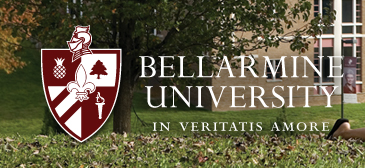Date of Project
3-28-2025
Document Type
Honors Thesis
School Name
Donna and Allan Lansing School of Nursing and Health Sciences
Department
Nursing
Major Advisor
Dr. Amanda Noorani
Abstract
A hospital-acquired pressure injury (HAPI) is a localized skin wound that can occur on a person’s epidermis and underlying tissues due to friction or shear over bony prominences as a result of long-term immobilization in a hospital setting. HAPIs are a significant source of lengthened hospital stays, increased medical costs, and mortality rates. The sub-epidermal moisture (SEM) scanner is a revolutionary point-of-care device which can detect the level of moisture underneath the epidermis which precedes the appearance of a HAPI, providing an objective measurement of imminent pressure injury risk.
This applied thesis project aimed to create an educational brochure on the risk factors of acquiring a HAPI as a hospital inpatient, prevention methods that have proven to reduce pressure injury occurrence, and an introduction of the SEM scanner as a tool utilized to determine imminent risk for patient populations. The brochure clarifies common misconceptions regarding the scanner and explains why the tool is pertinent to patient care, while providing a walk-through of the patient scanning experience.
The creation of an educational brochure on pressure injury prevention and the use of SEM scanner technology has effectively demonstrated inclusion of the patient in the discussion of their own care and treatment plan. It can be concluded that the brochure provides an accurate and accessible summary of the SEM scanner as a tool to assess risk of HAPIs for patients to make informed decisions about their health and assist in the process of reducing personal risk.
Recommended Citation
Hein, Mia, "Educating Patient Populations on the Use of SEM Scanner Technology" (2025). Undergraduate Theses. 179.
https://scholarworks.bellarmine.edu/ugrad_theses/179
Educational Brochure: Under Pressure? A guide to SEM scanner education and pressure injury prevention for patients and their loved ones
Included in
Critical Care Nursing Commons, Medical Education Commons, Other Nursing Commons, Patient Safety Commons, Public Health Education and Promotion Commons, Quality Improvement Commons
